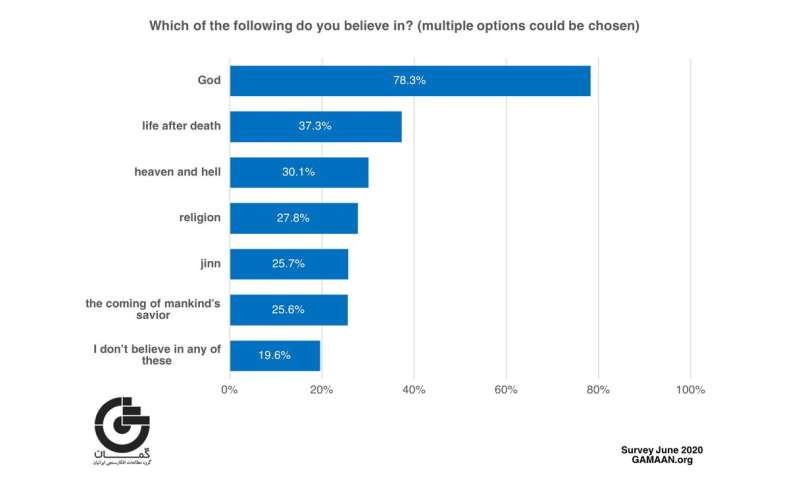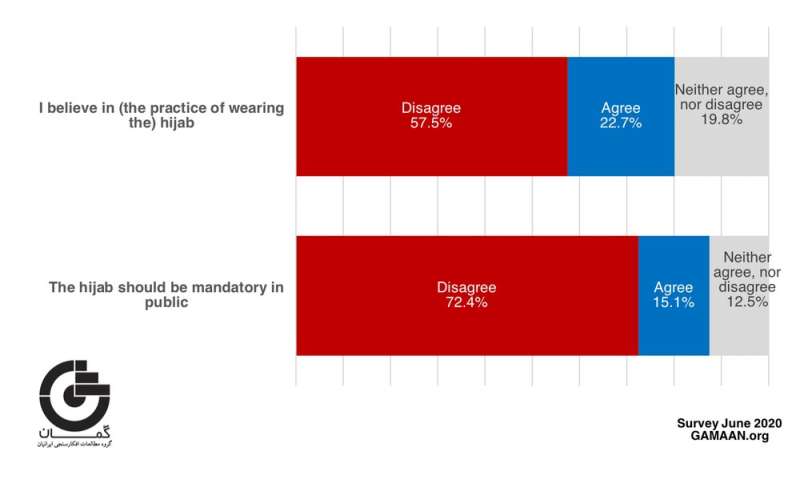World War II Plays on for Centenarian Honored in Europe for Covert Aerial Missions

World War II may have officially ended 75 years ago Sept. 2, but for centenarian Orrin “Boody” Brown of Opelika, Ala., the conflict plays on in memory.
The cast of characters, the few still living, friends killed in action and those who have passed on before him, remain ever young in Mr. Brown’s mind, just as he was when he entered active duty as a bombardier in the U.S. Army Air Corps in 1942.
Though he turned 100 this April 4, the lieutenant colonel recalls in vivid detail many of the 30 covert flight missions have earned him a variety of honors including the U.S. Congressional Gold Medal in 2018.
Across the Atlantic, he recently was awarded the Defense Medal from Norway, which honors soldiers both Norwegian and foreign who helped liberate the country from Nazi Germany’s occupation between 1940-45.
The Norwegian honor was bestowed on Mr. Brown in Atlanta last year on Syttende Mai, Norway’s national day, which on May 17 fell just before the 75th anniversary of D-Day on June 6.
Honorary Consul Tom Rosseland hosted a reception at the Norwegian consulate located at his law office in Buckhead, honoring Mr. Brown for a unique role that is only now becoming better understood thanks to the few remaining veterans like him.
While many scarred bombardiers return from war zones reluctant to talk about their exploits, Mr. Brown was simply forbidden to share. He was bound to secrecy for 50 years, given the covert nature of the activities. His missions were conducted under the authority of the Office of Strategic Services, which spawned the CIA and other defense-related agencies.

Mr. Brown was assigned to a group headed to England as part of “Operation Carpetbagger.” The joint effort saw U.S. planes taking off from British Royal Air Force bases into various occupied territories, dropping in arms, leaflets and supplies to resistance fighters, as well as (less frequently) spies known to the airmen only as “Joes” or “Josephines.”
Mr. Brown, then, was a bombardier who never had to drop a bomb. He now feels grateful to have rained down help for friends rather than destruction on enemies.
“I never used a Norden bombsight,” he said, recalling the model he used in training exercises.
Instead, Mr. Brown specialized in submarine patrols and low-altitude drops just 400 feet or so off the ground (OSS agents at 600 feet), which presented their own myriad dangers.
On a normal drop, Mr. Brown would initiate what amounted to a timer that would release containers bolted into modified bomb racks on a B-24 that had been painted black to avoid detection on night flights. The pilot had to get close enough to be precise; the recipients couldn’t spend more than 15 minutes in the half-acre drop zone, as the Germans would have been alerted to their presence by the sound of the planes.
“We didn’t want (supplies) to drift away from the site because they needed to get those chutes off and bury them,” Mr. Brown said, noting that the containers were also very heavy. “They had to load them on a wagon and get them out of there.”
Many drops went off without a hitch, though some were more eventful.
On one mission to Denmark, Mr. Brown’s plane descended toward a drop zone after a “miserable flight over the North Sea,” with the pilot looking for a predetermined series of signals by flashlight. He saw the lights, but the code was wrong, so he decided not to let down. Good thing — the Germans had taken the site and began firing at the plane.
“We were still high enough they couldn’t reach us, so he headed back out over the North Sea and started cursing and I don’t think he let up in until we landed back at Tempsford (air base),” Mr. Brown told Global Atlanta with a laugh during an interview at Mr. Rosseland’s offices.
On another trip, this time over the Bay of Biscay between France and the United Kingdom, the U.S. bomber was approached by 13 German JU-88 fighters.
The leader of the group attacked, as if initiating a teaching exercise for the other 12. But he hadn’t bargained on the 50-caliber turret gun the U.S. forces had just installed in the B-24Ds they were now flying.
The confrontation ended with the German fighter headed down, trailed by a black plume of smoke. The others had somehow had disappeared, Mr. Brown said, still seemingly bewildered at his crew’s luck.
“He did get in a hit on us with a 20-millimeter shell at the meeting edge of the wing between the No. 3 and No. 4 engines,” Mr. Brown said. The American bomber was able to make it back to base even with the added drag.
Then there was the mission to Norway, attested in both an official log and a photocopy of the handwritten navigator’s journal that Mr. Brown and two of his daughters brought to the meeting with Mr. Rosseland.
Pushed north perhaps by a mapping error, a pair of American bombers flew over the mining outpost of Knaben. The first passed without incident a few minutes ahead, while Mr. Brown’s plane saw a “pretty good flak burst” from anti-aircraft guns.
Mr. Brown’s pilot evaded to make the drop successfully, but the sound of the shells exploding in mid-air left the first crew thinking their compatriots had been shot down.
“The tail gunner of the first plane reported that we must have been hit and crashed, there was such a large explosion,” reads the written log of Mr. Brown’s flight, which also noted that it was a clear, moonlit night, with snow still clinging to Norway’s mountains.
It was only when they landed back at base that Mr. Brown and the crew found out how close of a call it had actually been: The shield covering the No. 2 engine’s wires was missing, and the pilot’s glass “blister window” had been hit.
“That bubble was cracked on that, right beside his head,” Mr. Brown said, prompting a religious awakening. “He had sort of professed to be a non-believer at times prior to that, but when he saw that he changed his mind.”
Watching D-Day From Above
Perhaps one of the most notable missions, in retrospect, was one where Mr. Brown’s crew dipped into southern France in the wee hours of June 3, 1944.
He and his crew had been briefed on the Normandy landings and had diverted to avoid the area, so he wasn’t surprised to see the allied boats approaching the beach when flying back over the English Channel. What astounded him was the number.

“Just as we hit the French coast coming back, there was the fleet out in the channel. It looked like you could walk across the ships,” Mr. Brown told Global Atlanta, not regretting at that moment that he enjoyed the relative safety of the sky. “I felt glad that I was in that airplane. I’ll be honest with you.”
Mr. Brown’s most recent honor from Norway is not his first from a grateful European nation. Many of his drops landed in occupied Belgium, which awarded him with a Belgian military cross during a ceremony in the city of Ghent in the 2000s.
He was able to spend time with Belgian resistance fighters and their relatives, including some who had been on the receiving end of a few of his drops. He even visited the Ardennes American Cemetery and Memorial, which houses the remains of more than 5,300 Americans, some two-thirds of them airmen.
For his part, Mr. Brown is the last remaining survivor of the original Carpetbagger squadron, though the Norwegian government in 2019 honored 12 Americans who had served altogether.
“You have participated in the liberation of Norway. Norway thanks you for your invaluable contribution to the struggle for Freedom,” read a letter Mr. Rosseland presented during the 2019 ceremony. It also describes the bronze medal, which includes the Kingdom of Norway’s coat of arms on the front and an inscription — Delager I Kampen (Participant in the Battle) — with flags on the back.
True to his historical role, Mr. Brown and his daughters made the “drop” of another Defense Medal in LaGrange, Ga., to fellow Carpetbagger John K. Lancaster, who was unable to travel to Atlanta for the ceremony due to health reasons.
Mr. Rosseland, who serves as honorary consul for both Sweden (Swedish mother) and Norway (Norwegian father) in Georgia, told Mr. Brown that the resistance movement in Norway was not an abstraction for him.
“The occupation of Norway is a personal story for me,” he said.
Mr. Rosseland’s father had emigrated at 10 years old to the United States just before the outbreak of the war and the invasion of Norway. He returned as a teenager in 1947, capturing color video of the spartan existence in the post-war Norwegian countryside. During the conflict, Mr. Rosseland had a relative who was a local leader in the resistance movement and was betrayed by a collaborator and subsequently tortured to death at the Gestapo headquarters in Kristiansand. He did not give up the identities of anyone in his network, thus saving many lives. A Norwegian book titled “Utan Svik” (“Without Betrayal”) recounts this history.
Ever modest, Mr. Brown said he was just happy that the U.S. — and he personally — could be of help, remarking that the Norwegian medal was the nicest of the decorations he’d received.
“I felt like we made a contribution — who can say just how much — but still, I felt like we did our part in the war effort.”
After the war, Mr. Brown stayed in the National Guard, gaining 20 years toward his service — enough to draw a pension from the Army. He first worked to help veterans reintegrate into the workforce, then as an office manager before finishing out the bulk of his career at an insurance brokerage.
An only child born in Opelika, Mr. Brown was married to the late Brenda Saunders Brown and has three daughters, including firstborn twins. At 100, he still lives at home with a clear mind and walks a half-block to his mailbox every day.
His 100th birthday celebration this April was a bit more subdued than it otherwise would have been due to the coronavirus pandemic, but he did receive more than 200 birthday cards, according to his daughter, Barbara Jones.
An avid golfer for many years, Mr. Brown enjoys watching golf on TV, along with other sports including SEC football. A 1941 graduate of the Alabama Polytechnic Institute, the precursor of Auburn University, he roots for the Tigers on fall Saturdays. He loves jazz, reading and working crossword puzzles.





